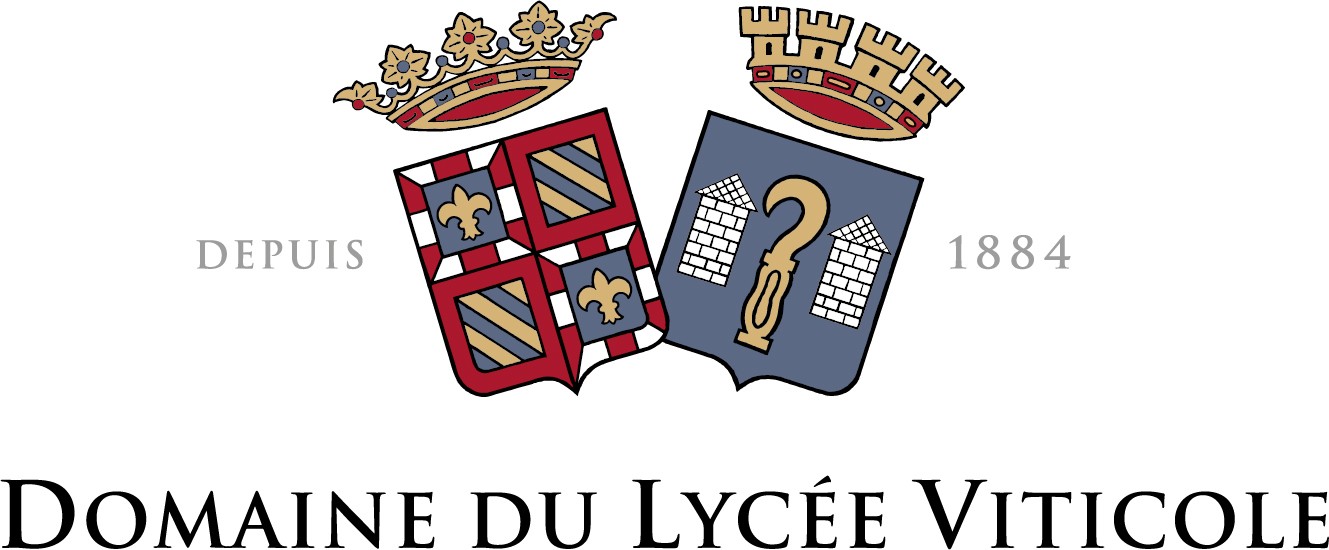Real educational tool
The winery does not receive any operating subsidies, and the balance of its budget is achieved through revenue from wine sales. It is therefore a real vineyard, primarily serving as a practical training ground for high school students. Under the supervision of teachers and Domain staff, students participate in harvesting, winemaking, and all vineyard work up to the commercialization of the wines.
The vineyard
It covers just over 19 hectares, between Puligny-Montrachet and Chorey les Beaune.
The majority of our plots are classified as Premier Cru (40%), the rest being Village and regional appellations.
Of the 19 hectares in the Domain, 2.5 hectares are under organic farming.
Our winery is certified as High Environmental Value level 3.
What are the similarities and differences between HVE and Organic?
HVE and Organic are two public programs that allow for the promotion of agricultural products, processed or not, whose production methods are particularly respectful of the environment. They are regulated by precise specifications whose requirements are checked on-site by independent organizations accredited by the State.
The "Organic Wine" certification is a "Product" certification attached to the official signs of quality and origin. It attests that the specifications for organic farming (for grapes) and organic winemaking (for wine) have been respected.
The certified promise of Organic Wines:
- Grapes produced without the use of synthetic products in the vineyard, without chemical fertilizers and herbicides.
- Wines produced without certain oenological practices.
HVE is a valuable mention regulated by the French government and allows for business certification (it is the winery that is certified, not the product), covering all agricultural activities of the winery. The certification attests that these farms promote biodiversity by engaging in practices that preserve and use natural areas within the plots and around the winery.
High Environmental Value wineries prioritize all actions to preserve and develop biodiversity on their farms.
This biodiversity observed during on-site audits is:
- The result of efforts to design and preserve resting and living areas for wildlife and plants.
- The result of specific choices in crop protection, fertilizer management, and water resource management that preserve a natural balance within and around the plots.
